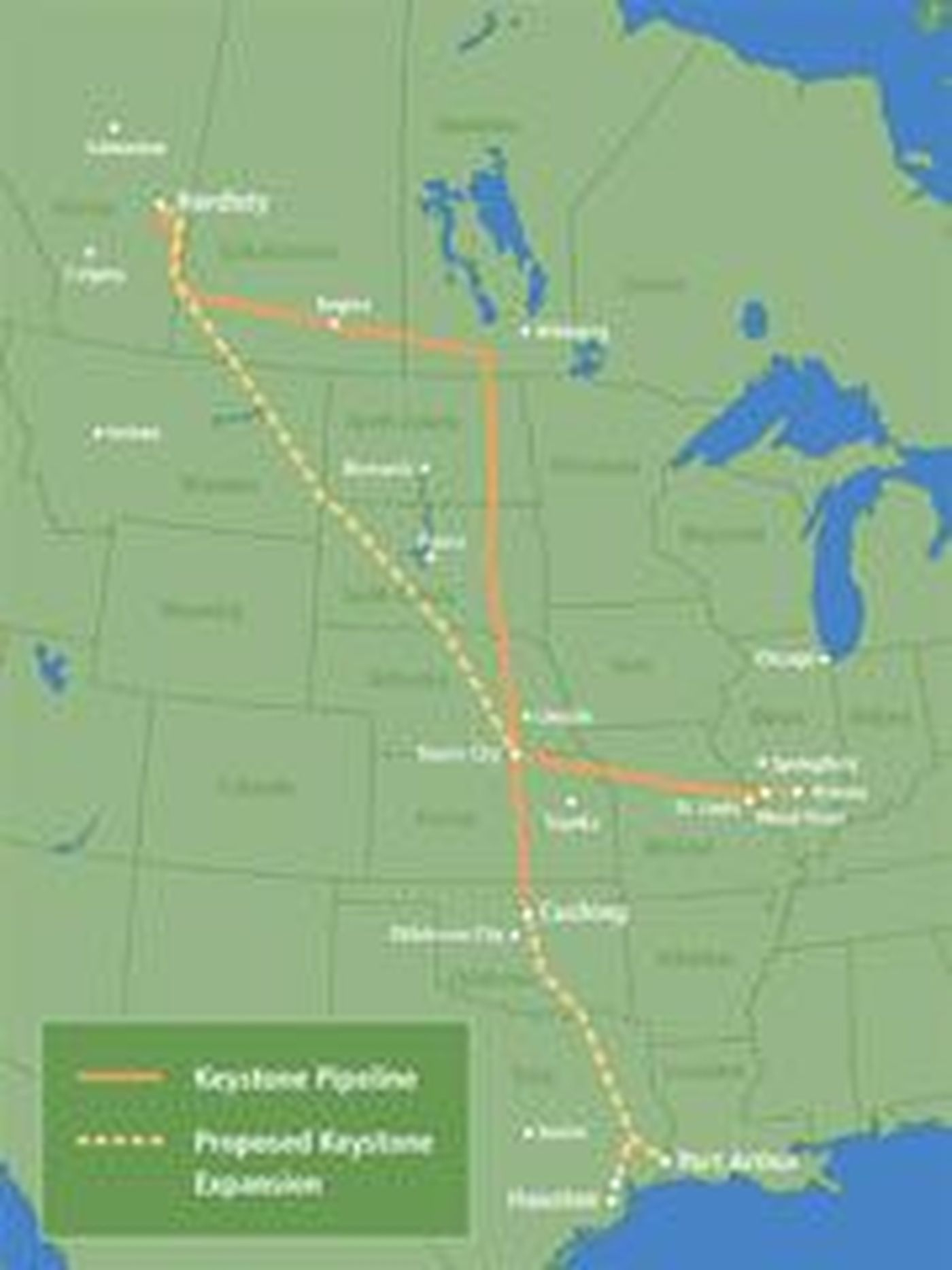Table of Contents
- Trump administration OKs building Keystone XL pipeline on federal land ...
- Pipeline Route Map Of Keystone Pipeline : The Keystone XL Pipeline is ...
- Keystone pipeline spills in Kansas, dirtying creek and causing oil ...
- Dead Air: No to the Keystone XL Pipeline
- Kansas oil spill biggest in Keystone history, data shows
- Keystone Xl Pipeline Project Prepares To Enter East Texas - Keystone ...
- Company behind scrapped Keystone XL pipeline sues the US for ...
- Keystone Pipeline - Updates On Its Largest Leak Ever (Video ...
- Keystone XL, Back in the Pipeline | Foreign Affairs
- Keystone XL pipeline: Could blocking it be bad for the environment ...



Introduction to the Keystone Pipeline



History of the Keystone Pipeline


Environmental Concerns
The Keystone Pipeline has been a subject of controversy due to its potential environmental impact. The pipeline passes through several sensitive ecosystems, including the Sandhills region in Nebraska, which is home to several endangered species. The pipeline also crosses several major rivers, including the Missouri River, which provides drinking water to millions of people. There have been several oil spills along the pipeline, including a major spill in 2017, which has raised concerns about the safety of the pipeline.Economic Benefits
Despite the environmental concerns, the Keystone Pipeline has several economic benefits. The pipeline creates thousands of jobs, both directly and indirectly, and generates significant revenue for the governments of Canada and the United States. The pipeline also helps to reduce the United States' dependence on foreign oil, which has improved the country's energy security. The Keystone Pipeline is a complex and multifaceted issue, with both environmental and economic implications. While the pipeline has the potential to create jobs and generate revenue, it also poses significant risks to the environment and public health. As the world continues to transition to cleaner and more sustainable forms of energy, it is essential to carefully consider the impact of the Keystone Pipeline and other fossil fuel infrastructure projects.For more information on the Keystone Pipeline, you can visit the Wikipedia page or other reputable sources. It is essential to stay informed and up-to-date on this critical issue, as it continues to shape the future of our planet.
